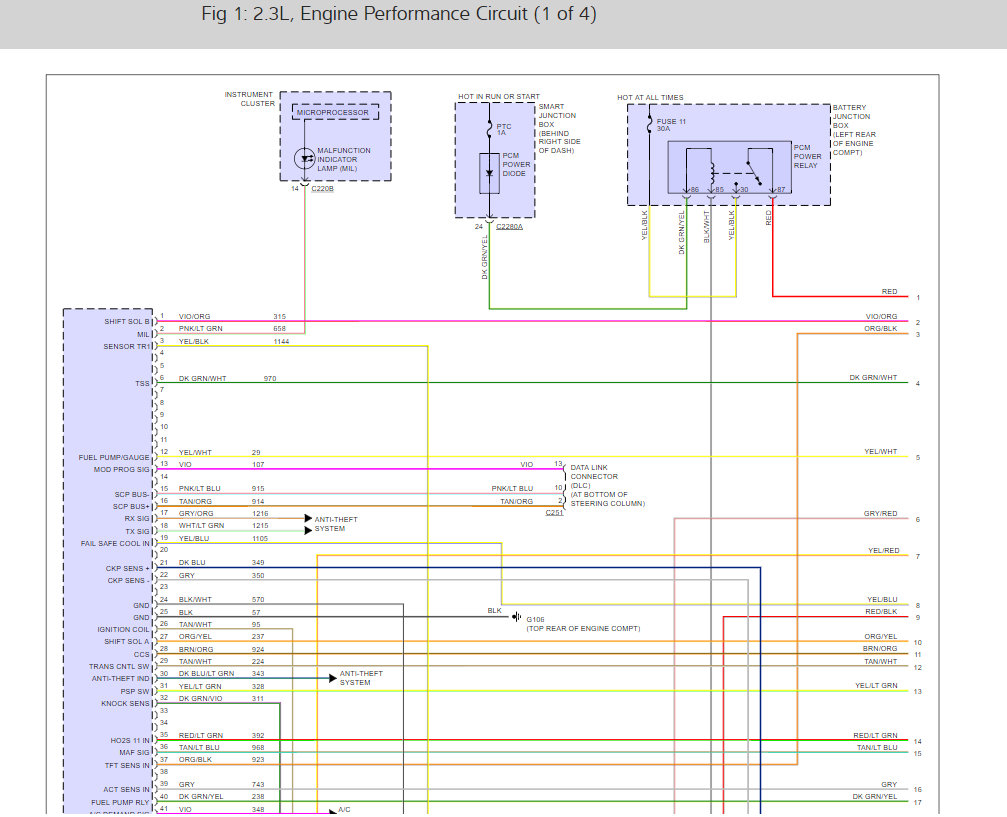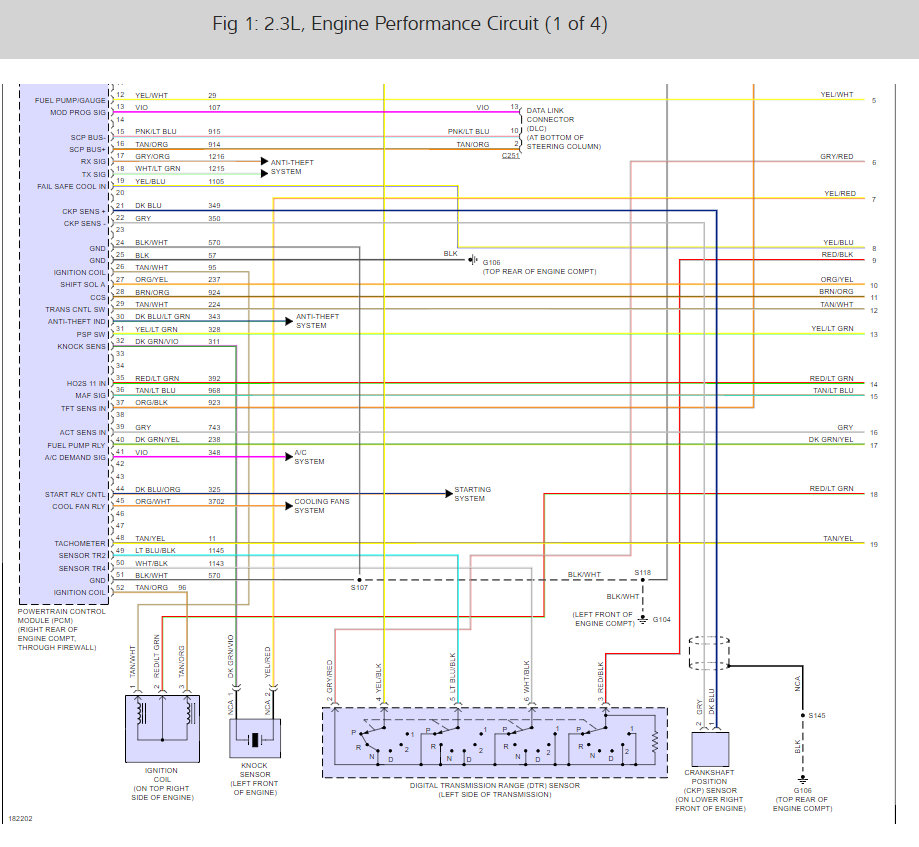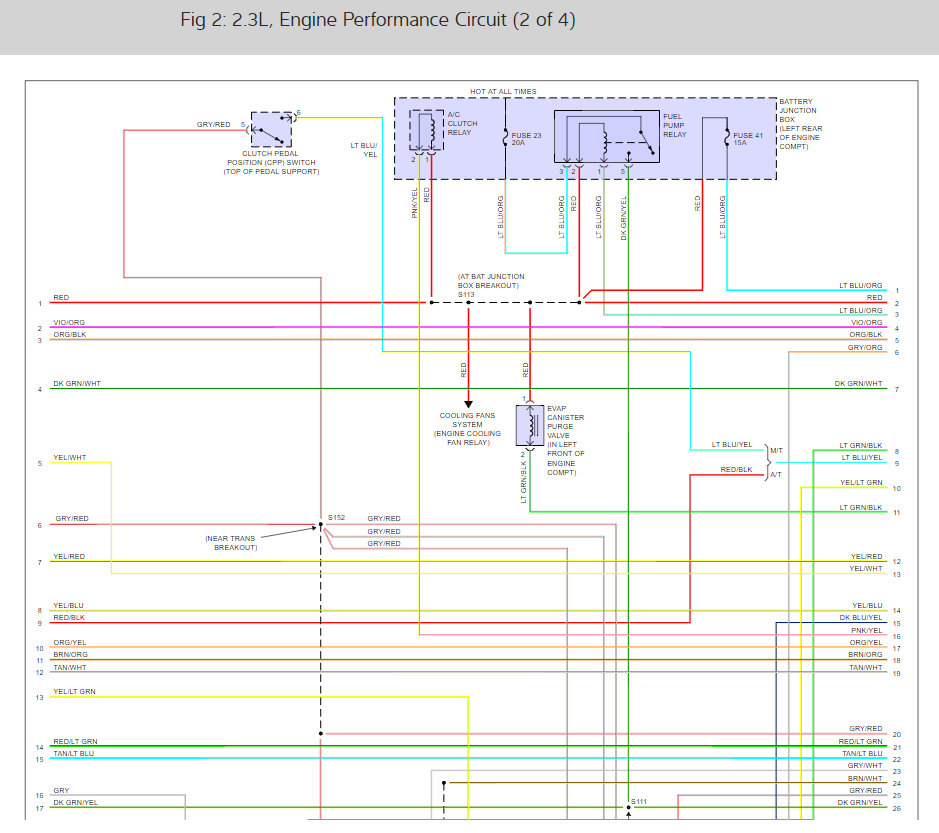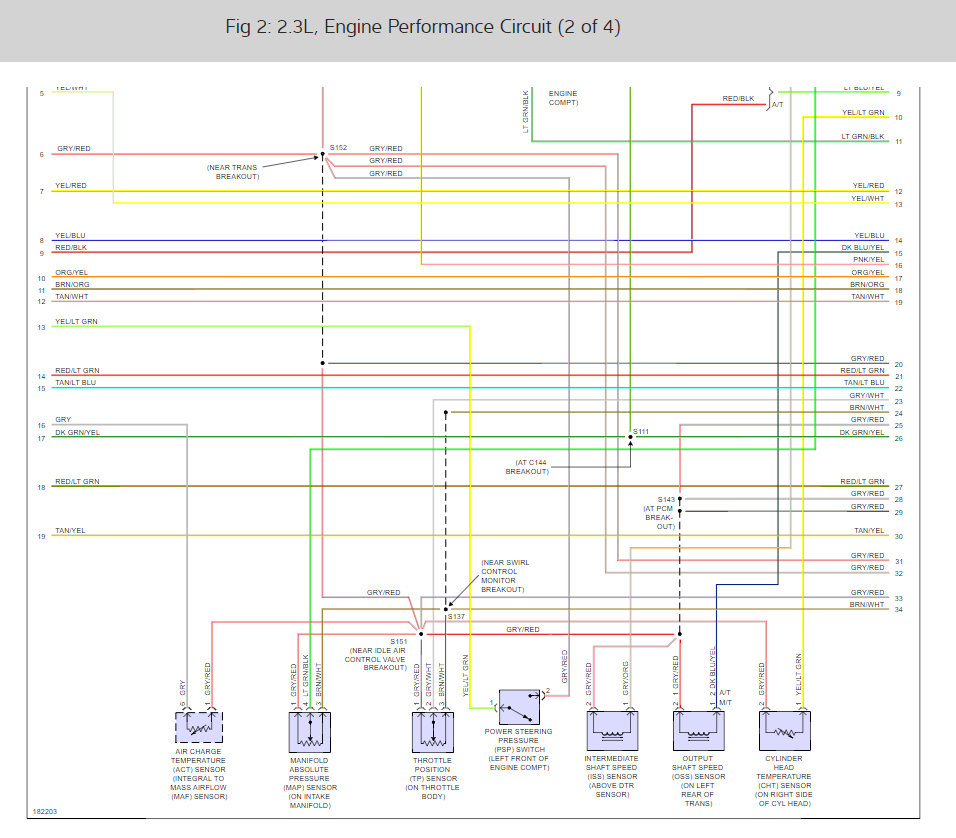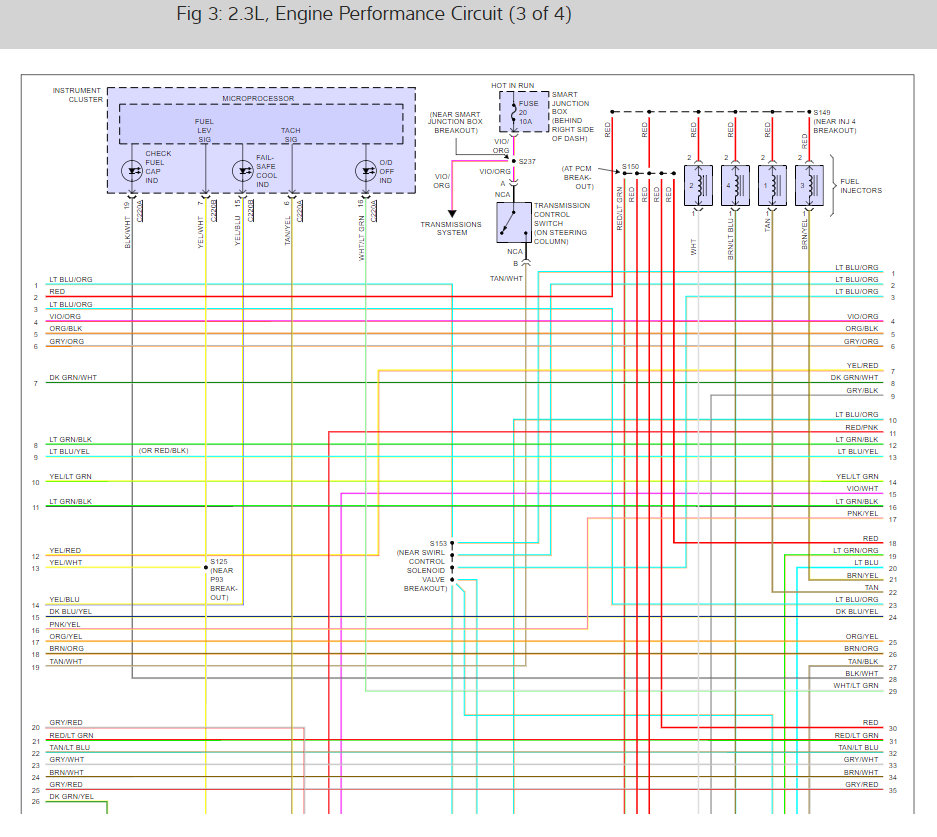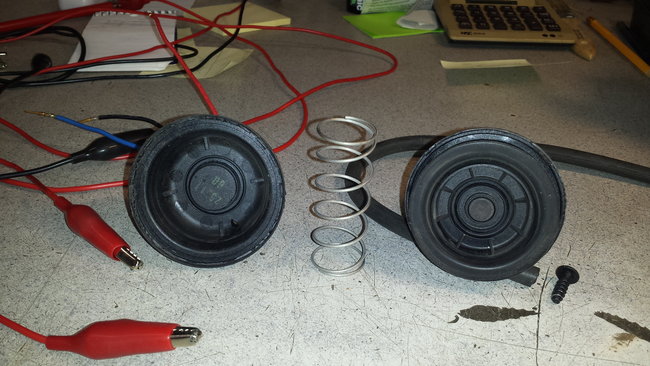Tuesday, December 5th, 2017 AT 5:54 AM
The IMSC actuator is mechanically working but a bench test to give an output to the PCM signaling high or low is not happening from the actuator itself. There are five volts from the PCM connector on either side of the 3 pin cable to the PCM. I can only assume that one of the pins on either side activates pull down signal to the PCM as the center pin in negative. I do not want to hurt the PCM by grounding anything to the PCM by not knowing the exact signal required and it appears that the IMSC actuator does not respond with a switching signal on either outside pin using a five volt power supply on the bench. An internal magnet on the top shaft of the actuator is supposed to effect the device located at the top of the IMSC actuator. Do not know how to proceed at the moment either condemning the actuator or the PCM.
